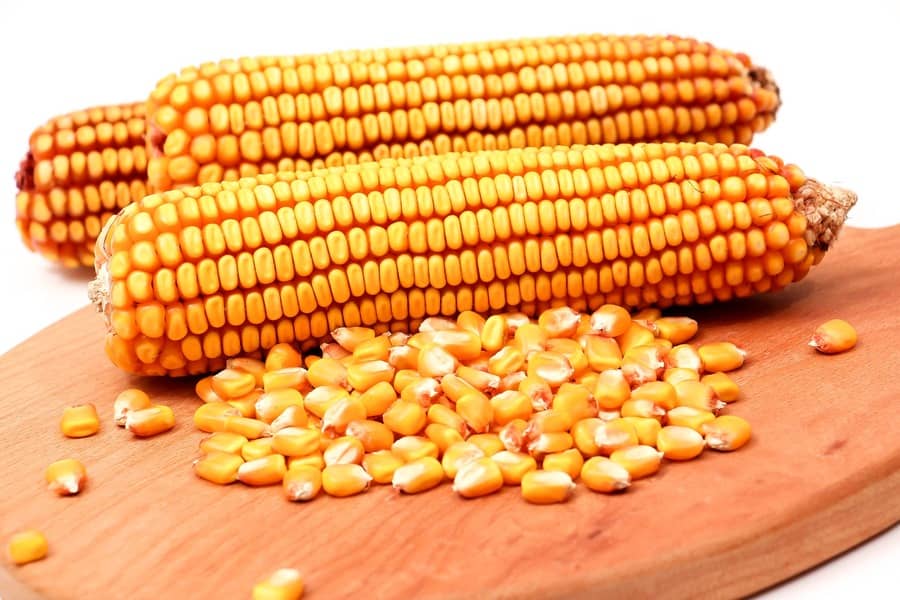Porto Alegre, March 21, 2022 – Among many discussions and concerns about the war, there is the focus of global supply. In the case of corn, the market seems to be managing this switch from Ukrainian to North and South American supply, even with Europe allowing the release of transgenics. In panic, political versions against certain technologies seem to take a back seat. At the same time, the focus is now on the arrival of the Argentine crop and the local government’s decisions on exports, as well as the US planting intentions report on March 31.
The disturbance left by the involvement of two major global exporters of wheat and corn due to the war is reflected in the international prices of these two commodities. The historic highs of wheat reflect this supply scenario at a time of lower US stocks and a drop in South American production. Some points are important in this assessment of the international market:
– With the war, importers who depended on Ukrainian corn looked for other suppliers:
– Brazil and the US with available corn were sought immediately, and large volumes were exported in the last 15 days. Now, the external buyers who need to complete their demand are already positioned. New demands must emerge for May/June and July depending on the outcome of the war in Ukraine.
– We can say that, in the short term, Ukraine was replaced by supply sources from the Americas in terms of corn, and the impact of this transition is already present in prices and demand movements;
– Now, we have the arrival of the Argentine crop and one more supplier is attached to this global supply;
– It has been reported that Russia keeps exporting wheat, which alleviates some tensions in the global environment;
– However, Ukraine is not expected to resume grain shipments;
– Consultancy SovEcon estimated a crop of 27.7 mln tons of corn for Ukraine in 2022 against 41.9 mln in 2021. The planted area would fall to 4.6 mln hectares, against 5.5 mln in 2021. There would also be a strong retraction in potential productivity due to the lack of planting inputs, such as fertilizers, chemicals, and good quality seeds. Furthermore, there is a division of the country that could be even greater by the end of the war;
– This potential loss, so far, of 15 mln tons in the 2022 crop that will still be planted, could be fully met by the Americas, of course in case of a normal US crop and a Brazilian second crop without problems this year.
Given this scenario, the first point to follow is the Argentine crop, as it will be a major player in this global supply. At this point, some indicators are important:
– Argentina must produce 48 to 51 mln tons in the crop that is beginning to be reaped. The government will update its estimate in April;
– Currently, Argentina has export registrations limited to 25 mln tons. Export sales have already reached 22.5 mln. Possibly, in the next update, the record limit will have been reached;
– Depending on the crop number defined by the government in April, this record may be raised to 30 or 35 mln tons;
– However, the government intends to take advantage of the season of high prices in the international market to absorb through taxes part of this revenue. Raising the export tax from 12% to 33% is also the target for corn and wheat. This situation of exaggerated taxes by the government could trigger a wave of strikes by Argentine farmers, as it is impossible to produce with current costs and taxes. The government’s decisions could have a strong impact on the Argentine export environment in April.
Finally, there is the planting intentions report to be released by USDA on the 31st. Prices are excellent on the Chicago Board of Trade, demand for ethanol is very strong in the US domestic market, exports are progressing well, and now corn prices are having a more competitive exchange ratio with soybeans, which are also expensive. Therefore, the planting intentions report may appear very different from what the market has signaled in recent weeks. In other words, instead of a sharp drop in corn area in favor of soybeans, we may have corn and soybean areas much closer to those planted in 2021. This could be more bearish for corn and fairly supportive for soybeans. The private numbers will start to be released this week, and from then on the market will price in the US crop trend and leave South America in the background.
Agência SAFRAS Latam
Copyright 2022 – Grupo CMA

